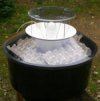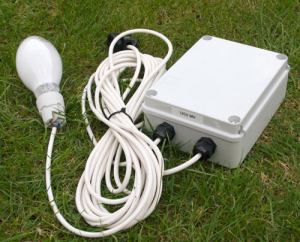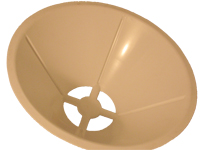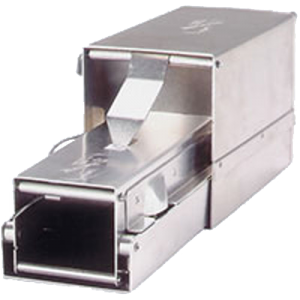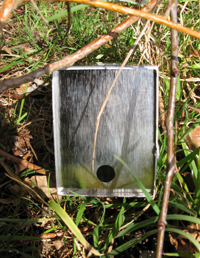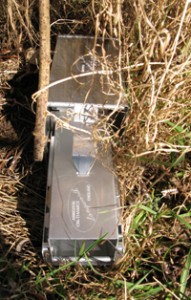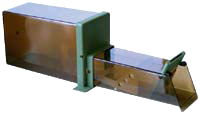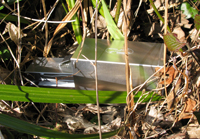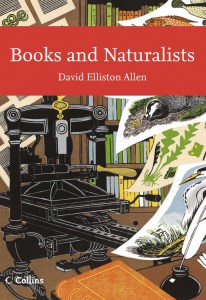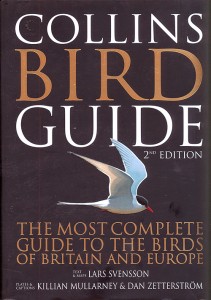 What first inspired you to begin painting wildlife?
What first inspired you to begin painting wildlife?
I have always been interested in the countryside. As a young boy I was always out in the woods and fields, watching wildlife, climbing trees or building dams across streams. As far back as I can remember I always liked to draw and paint, the two just naturally seemed to merge. I like to think I started like everyone else by colouring in, and just carried on.
How would you describe your style as it features in The Winter Hare?
I seem to have developed several different styles or ways of producing pictures, I think they have come about because I get bored easily and want to try new things. Also I am never really happy with my work, I tend to see all the things that are wrong rather than right and this makes me move on. The book shows most of the ways I work, from linocuts which are hand-coloured to drawings, watercolours and oil paintings.
Could you briefly tell the story behind this book and how it came about?
 Several people have been encouraging me to do a book for several years now. I have always liked the idea but put it on the back burner… When my dog found and brought home some orphaned leverets, which I reared to adulthood, it gave me the theme around which I could build the book. The young hares were only orphaned because of my dog! I think she was trying to mother them – when they arrived on the kitchen floor one Sunday morning they were quite wet from several good licks. Because I had no idea where she had found them I was faced with the problem of looking after them. This proved quite eventful and took up much of my time over the following months but did give me the unique opportunity of drawing them at close quarters.
Several people have been encouraging me to do a book for several years now. I have always liked the idea but put it on the back burner… When my dog found and brought home some orphaned leverets, which I reared to adulthood, it gave me the theme around which I could build the book. The young hares were only orphaned because of my dog! I think she was trying to mother them – when they arrived on the kitchen floor one Sunday morning they were quite wet from several good licks. Because I had no idea where she had found them I was faced with the problem of looking after them. This proved quite eventful and took up much of my time over the following months but did give me the unique opportunity of drawing them at close quarters.
In the course of running The Wildlife Art Gallery I have designed books for other people but putting one together of my own work gave me fresh problems. In the past I just worked with the material I had available but with this book I was able to paint new pictures to fit a particular spaces which slowed things up considerably.
 Hares, tortoises, dogs and cats, and many different birds, including a kingfisher and a green woodpecker – feature in this book. Are there any pictures of which you are particularly proud?
Hares, tortoises, dogs and cats, and many different birds, including a kingfisher and a green woodpecker – feature in this book. Are there any pictures of which you are particularly proud?
I like to paint animals that are around me and sometimes that includes domestic animals or pets. As for pictures I am proud of I guess it would be the next one I am about to paint – it is always perfect until I start putting marks on the paper.
Your paintings are full of character and intimacy – how did you get the animals to sit still for so long?!
I always try to paint or draw the individual animal rather than to just produce the standard version of it. With the hares I was in an ideal position to do this as they were around me all the time allowing me every opportunity to capture them. Getting animals to sit still is always a problem – I think the secret is not to try and to just start drawing. If the animal moves before your sketch is complete then turn the page and move on. A half-completed drawing is better than one you have tried to complete from memory if you are unfamiliar with the animal.
Hares have such an important place in English folklore. Were you conscious of this during the process of raising the orphans, or was the experience rather more prosaic?
I have always been interested in hares, including all the folklore that surrounds them. At one time the idea for the book was revolving around this. In the end it never came about, but it may form the basis for another book in the future.
 What were some of the highlights of the experience? Any funny stories?
What were some of the highlights of the experience? Any funny stories?
Rearing the hares was not always easy and they caused a lot of disruption to my life, but it was certainly a privilege. I don’t think there are many people who can say they have been boxed by a hare. On several occasions I would be drawing one of them and he would jump onto my drawing pad and chew the end of my pencil.
You founded the Wildlife Art Gallery in Lavenham, Suffolk – what could people expect to see there?
The gallery was first opened in 1988 to show the work of contemporary wildlife artists. From the start the gallery seemed to take on a life of its own and over the last 22 years we have staged some exceptional exhibitions. During that time the type of work we show has evolved and if people visit the gallery today they will find a cross section of artists both past and present; painters, printmakers and sculptors working in the field of wildlife art or countryside-related subjects.
Who are your heroes in the wildlife art world?
‘Heroes’ is probably the wrong description because in most cases it is the work they produce which I admire. Many, like R. B. Talbot Kelly and Eric Ennion (Eric Ennion: One Man’s Birds; Eric Ennion: A Life of Birds), are no longer with us. I never had the opportunity to meet them so all I have is their work to look at and be inspired by. There are two living artists who have made an impact on how I look at painting. The first was back in the mid 80’s when I went to an exhibition of watercolours by Lars Jonsson. The second was Kim Atkinson who ran a painting holiday on Bardsley Island in which I took part in the early 90’s. In addition there are several members of the Society of Wildlife Artists to whom I have enjoyed talking, and whose work I enjoy.
I am also influenced by individual pictures and I particularly like work by book illustrators and printmakers from the first half of the 20th Century.
How do you feel about the current state of wildlife in Britain today, and what can people do to help?
I think the best way to help is to protect and increase habitat. I have tried at home in a small way to plan the garden with wildlife in mind, with areas left to go wild, and by planting trees and digging ponds.
Visit the Wildlife Art Gallery website.





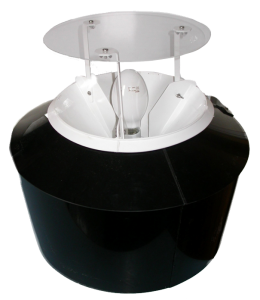
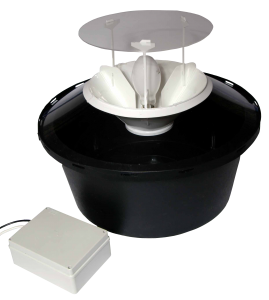 Heavy Duty Robinson moth trap
Heavy Duty Robinson moth trap
